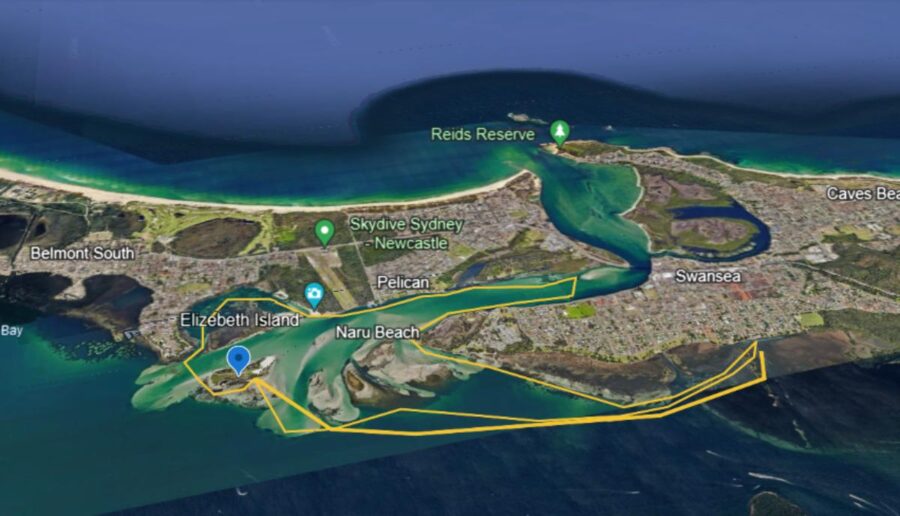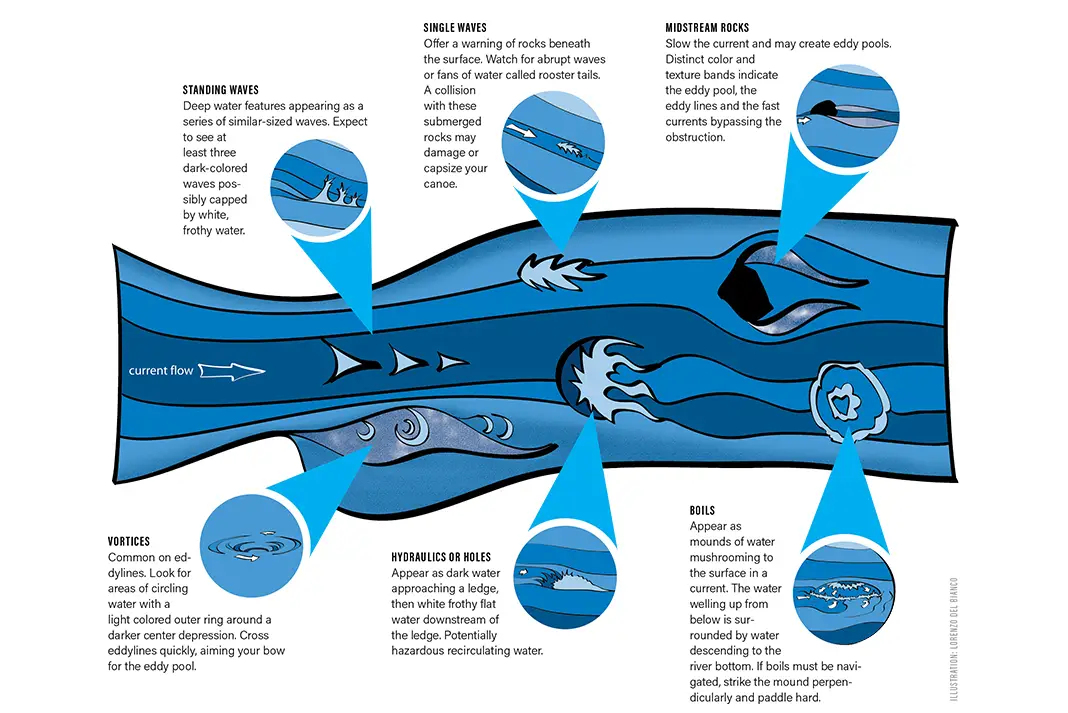10:00 – 11:00: Arrive, introductions, change into sea kayaking gear and pack your kayaks (a list is provided after registration).
11:00 – 12:30: short (4km) paddle across the Swansea Channel (lakeside) entrance.
12:30 – 13:30: lunch and set camp.
13:30 – 15:00:
Session 1: wind/waves & currents – how they affect the sea kayak.
Session 2: Learn the paddle strokes (stern rudder; bow rudder and support strokes needed to control your kayak – in the sheltered, protected waters behind the island.
Short break (15 mins): stretch legs, chat, compare experiences, ask questions
15:30 – 17:00: Session 3: practical paddle into the channel currents to practice new techniques and understand the actual effects of currents on your kayak and how to manage them.
17:00 – 17:30: off the water – reflection, group safety & pack away equipment for the night.
17:30 – 19:30: swim? change, prepare, cook and eat meals.
Evening: enjoy the company of new-found friends and camping.
6:30 – 8:00: Breakfast & break camp.
8:00 – 9:30: Practice of paddle techniques in sheltered waters.
10:00 – 12:00: Paddling the channel conditions finding new locations to practice ferry gliding, cutting in and out of currents, “reading” the water to visibly recognise currents and rips.
12:00 – 13:00: lunch, rest and swim.
13:00 – 14:30: pack the kayaks for the return journey back to the vehicles (4k’s).
16:00 – 17:00: exit the water, clean and pack the kayaks and camping gear away ready for the drive home.
Starting at 12 The Esplanade Swansea, we paddle 3.8 kms to our overnight base on Elizabeth island.
From here we will find suitable locations within the Swansea Channel to learn the and practice the skills and knowledge learned during the course.
About 12 kms over 2 days.



